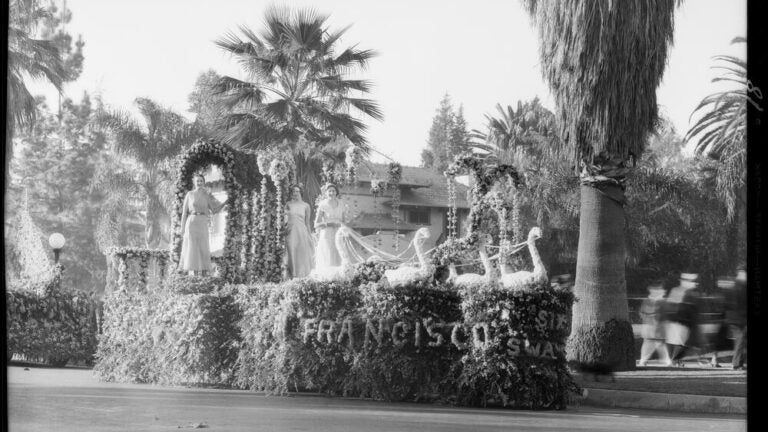
Hidden Pasadena
More than 50 million viewers begin each new year looking to Pasadena, tuning into the Rose Parade to see flower and seed-coated floats cruise slowly down Colorado Boulevard. But to nearly 1450,000 of those viewers, the “City of Roses” is home, a complex suburb of downtown Los Angeles with a deep history. Internationally known for the Rose Bowl, Jet Propulsion Laboratory, California Institute of Technology, Pasadena Playhouse, the Arts and Crafts Movement, Jackie Robinson, Julia Child, Octavia Butler, Mildred Pierce, its little old ladies, the Arroyo Seco, and so much more, Pasadena has played a greater role in American and Pacific histories than most of its residents even know.
This season digs deep into the “Crown City” of the San Gabriel Valley with six little-known Pasadena stories, from Simons brickyard to Vroman’s bookstore, St. Barnabas church to the Shoya House at The Huntington. It also considers Pasadenans from the past, from John Brown’s children to John Birch’s followers.
Season 4 of Western Edition is produced by Avishay Artsy, Katie Dunham, Eryn Hoffman, Jessica Kim, and Elizabeth Logan.
Prologue
The fourth season of Western Edition: Hidden Pasadena, from the Huntington-USC Institute on California and the West (ICW), digs deep into the “Crown City” of the San Gabriel Valley. This Prologue introduces six Pasadena stories that will frame this season’s focus: sites such as Simons brickyard to Vroman’s bookstore, St. Barnabas church to the Shoya House at The Huntington, and Pasadenans from the past – John Brown’s children to John Birch’s followers.
How do the hidden histories of Pasadena help us understand this place, community, and its outsized role in history?
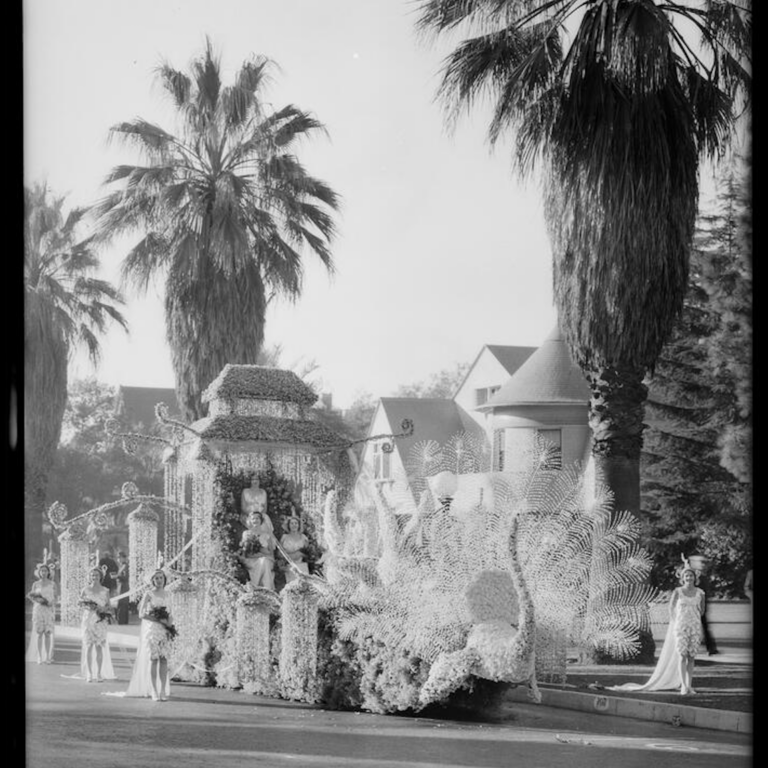
Episode 1: Simons Brickyard
Now an upscale, residential neighborhood in the heart of Pasadena, Madison Heights used to be home to Simons Brickyard, once the largest brickyard in the world. The Simons Brick Company imprint can still be found on bricks throughout Southern California. This episode looks at the stories hidden within them: about the laborers who made the bricks, the neighborhood then and now, and legal battles that involved allegations of animal cruelty and more.
Transcript available here.
You tell your history in a sense, you’re giving credit to people who deserve it and who are the builders of the country.
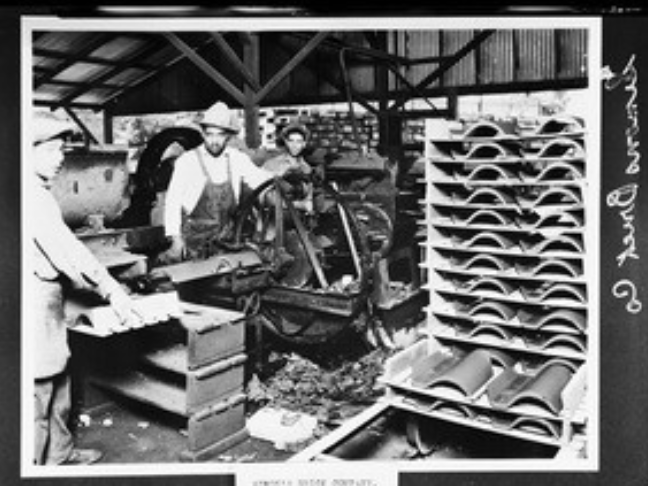
Selected images to accompany this episode:
Episode 2: Saint Barnabas and All Saints
This is the story of two churches: Saint Barnabas, the historically all-black Episcopal Church still standing on Fair Oaks Drive in Northwest Pasadena, and the mainly-white All Saints Church, located less than two miles south of St. Barnabas, South of the 210 freeway and within easy walking distance to some of Pasadena’s most affluent neighborhoods. How has St. Barnabas grown out of the racial and economic complexities of Pasadena’s past to forge a sense of community and belonging within its global congregation?
Transcript available here.
It ain’t a church. It’s a church family.
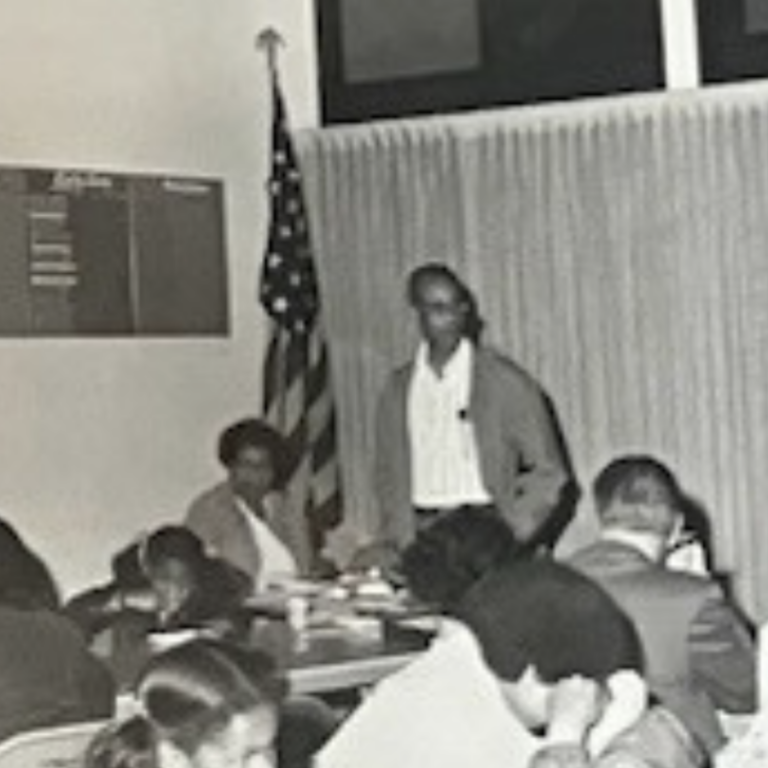
Selected images to accompany this episode:
Episode 3: John Birch Society
Thriving in Pasadena in the 1960s and 1970s, members of the John Birch Society identified as anti-communists, opposed the civil rights movement and racial desegregation, deeply disagreed with the feminist movement, and disseminated lies and conspiracy theories. This episode will explore how they profoundly impacted the modern conservative movement from their perch in Southern California.
Transcript available here.
[Birch Society women] saw themselves as representatives of their families who had to do these activities to make sure that their children were protected from the dangers of communism.
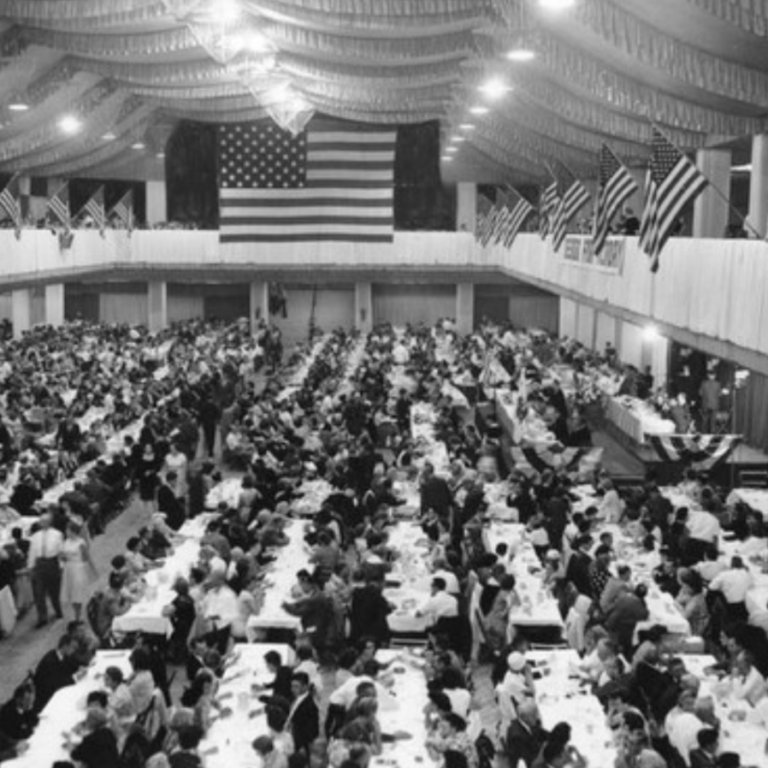
Selected images to accompany this episode:
Episode 4: Vroman’s Bookstore
What can we learn from a bookstore? Adam Clark Vroman opened the AC Vroman Bookstore in 1894 and it has symbolized an important piece of Pasadena’s intellectual community ever since. Though the location has changed, this episode will take a deeper look at the man who created this legacy and consider how Vroman’s serves as a community resource at a time when building ties and finding trusted sources of information is a challenge.
Transcript available here.
There are those places where you’re almost out the door, and then you turn and there is something there that pulls you back. It’s either someone you know or something you see on a shelf that you hadn’t seen before. There’s serendipity in bookstores and it’s not just the books, it’s so much else.
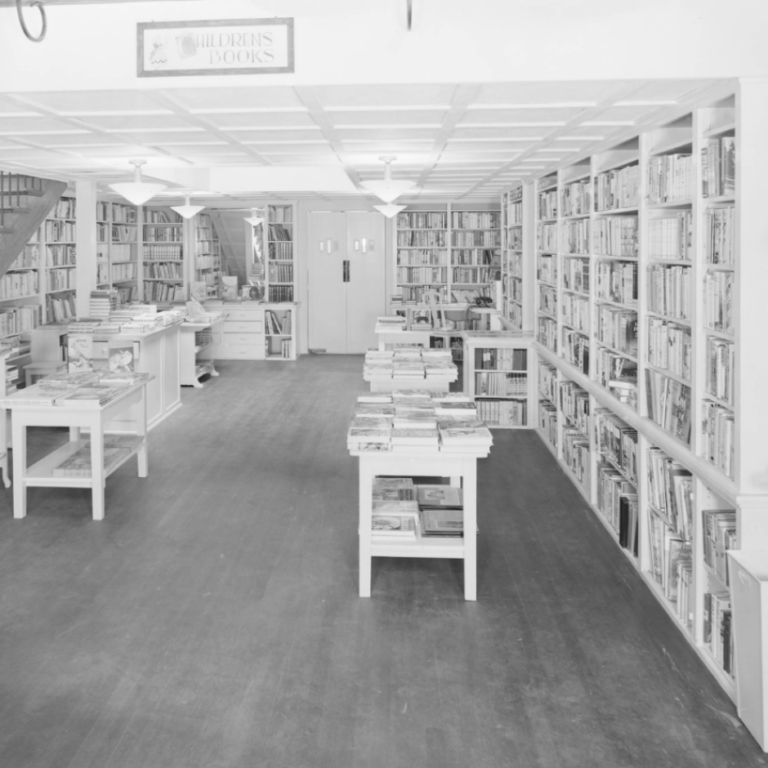
Selected images to accompany this episode:
Episode 5: The Shōya House
What is the oldest structure in the San Gabriel Valley? This episode shares the story of The Shōya House, a 3,000 square-foot home that made a 6,000 mile journey from Japan to Pasadena’s Huntington Library. Now a part of the library’s collection, it fits not only onto the landscape at The Huntington, but serves as a tangible architectural expression at an institution with a renowned architecture archive.
Transcript available here.
This was an opportunity to demonstrate a real life case study of Japanese sustainable practices. In Japan there is a word called mottainai, which means a real regret to waste.

Selected images to accompany this episode:
Episode 6: The Children of the Liberator
After the Civil War, many of the children of the anti-slavery crusader who attempted to raid Harper’s Ferry, John Brown, sought new lives and peace in the far West, including Pasadena. This episode shares the story of the Brown brothers and their sister, the recent activism surrounding preserving local post-Civil War era sites, and why this history is critically important to local teachers and students.
Transcript available here.
To learn more about the Owen Brown Gravesite, visit Altadena Heritage’s page https://altadenaheritage.org/owen-brown/.
**This episode contains an historical error. The Commonwealth of Virginia, not the U.S. Government, tried, convicted, and then executed John Brown. ICW regrets the error.
There’s no doubt that Owen was suffering from paranoia and that he’d been on the lam for 20 years. …I think the reason he came to Pasadena is that it was founded after the Civil War by pro-union veterans and supporters.
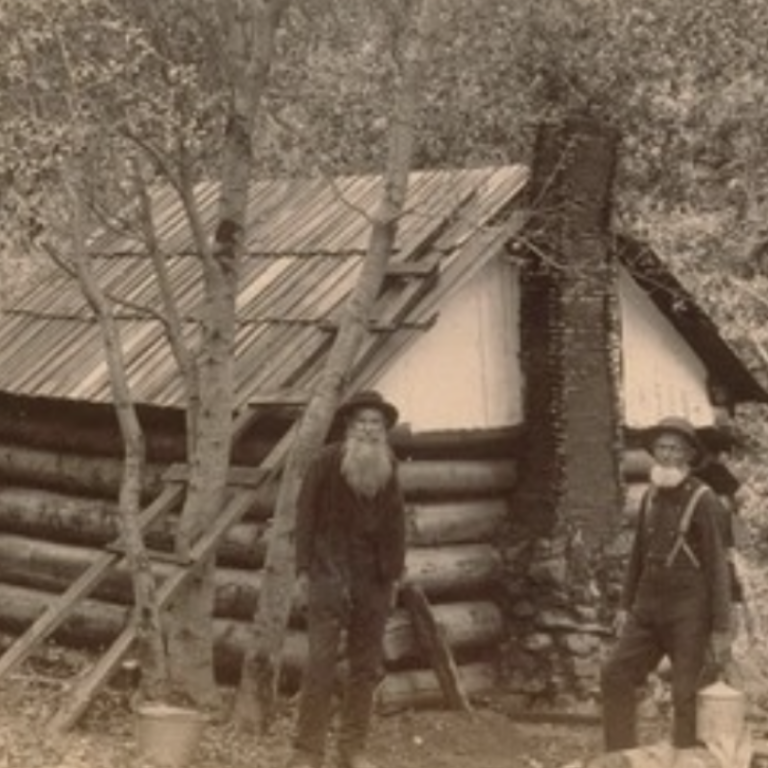
Selected images to accompany this episode: